Women’s History Month 2023: Contributions In IT And Tech
Ada Lovelace, Bessie Coleman, Lynn Conway, Jayshree Ullal and Lisa Su are among the women CRN celebrates for Women’s History Month 2023.
In time for Women’s History Month 2023, CRN is featuring a sampling of the achievements of females in the field of computer science and technology.
Some of the people featured on this list include:
*Ada Lovelace, considered by some to be “the first programmer”
*Ángela Ruiz Robles, inventor of a precursor to ebook readers
*Bessie Coleman, the first African-American woman and first Native American woman to hold a pilot’s license
*Lynn Conway, an innovator in microprocessors and pioneer for trans women in tech
*Jayshree Ullal, CEO of Arista Networks
*And Lisa Su, CEO of Advanced Micro Devices
[RELATED: Black History Month 2023: Celebrating Influential Black Americans In Tech]
Women’s History Month 2023: IT And Tech
This list includes past and recent contributions to technology, whether by invention or business acumen.
While we celebrate these contributions in history, it’s important to remember Athat much more work remains to increase representation of women in science, technology, engineering and math (STEM).
Women comprise 35 percent of the STEM workforce, according to the National Science Foundation, despite making up half of the United States’ population.
Women’s wages were also consistently lower than men’s – men in science and engineering made $100,000 compared to $76,000 for women. This is despite65 percent of women in STEM having at least a bachelor’s degree compared to 43 percent of men in STEM.
Here are some of the women CRN is celebrating for achievements in technology.
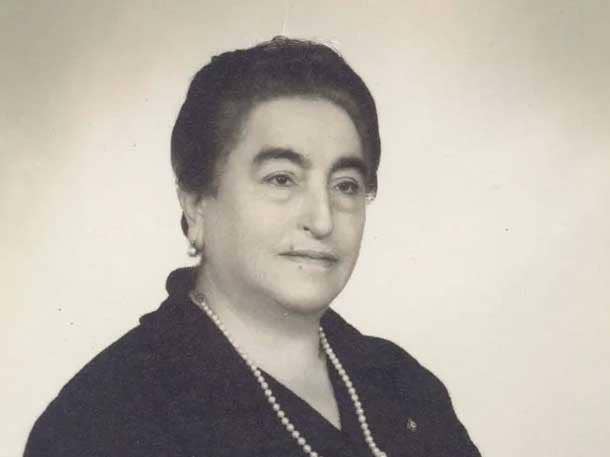
Ángela Ruiz Robles
Born in 1895, Ángela Ruiz Robles of Spain invented a precursor to ebook readers in 1949 called the mechanical encyclopedia, according to The Guardian.
The green metal box featured spools, audio, interchangeable reels on different subjects, a magnifying glass screen and light for reading in the dark, according to The Guardian.
Ruiz Robles died in 1975 at the age of 80, according to Google.
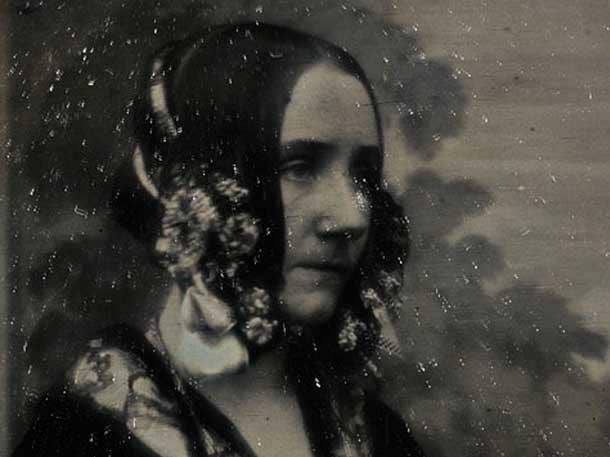
Ada Lovelace
Born Augusta Ada Byron in England in 1815, this child of Lady Byron and noted poet Lord Byron was deemed “the first programmer” and a “prophet of the computer age” in a post on the Computer History Museum’s website.
She never met her father, according to an article from the San Diego Supercomputer Center. And her mother sought math and music tutoring for the young Lovelace – unusual for the time.
In 1843, Lovelace – her full married name was Ada King, Countess of Lovelace – published a translated article on the “analytical engine,” adding notes about how a stepwise sequence of operations can solve math problems. She speculated that the engine can compose, not only numbers, but music as well.
Her writing represents the transition from calculation to computation. Lovelace died in 1852 at age 37.
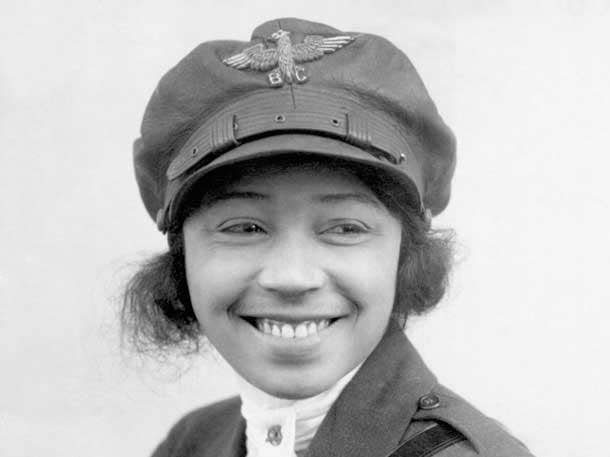
Bessie Coleman
Bessie Coleman was the first African-American woman and first Native American woman to hold a pilot’s license, according to the National Air and Space Museum.
Coleman was born in Atlanta, Texas, 1892 to a father with Cherokee heritage who worked as a day laborer. After working in beauty salons as a manicurist, she moved to France to earn her license in 1921, according to the museum. Her first public flight was in 1922 on Long Island.
She toured the United States performing exhibition flights with barrel rolls, figure eights and loops, according to the San Diego Air & Space Museum.
Tragedy struck in 1926 when a plane flown by her mechanic spun out of control and Coleman fell 3,500 feet. She has been immortalized in the National Women’s Hall of Fame, the National Aviation Hall of Fame and as the namesake of various schools and roads.
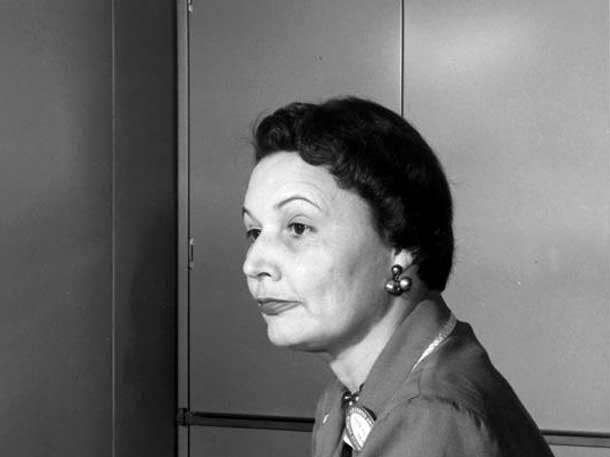
Mary Golda Ross
Mary Golda Ross is considered the first known Native American female engineer, according to the National Air and Space Museum.
Born in 1908 in Park Hill, Okla., Ross was a member of the Cherokee Nation. Her great-great-grandfather, John Ross, served as principal chief, according to the museum.
She worked for 10 years as a public school math and science teacher before joining the Lockheed Aircraft Corp. in 1942 in Burbank, Calif., as a mathematical research assistant. She was part of Advanced Development Projects – the Skunk Works division – and worked on military aircraft, including the P-38 Lightning, according to the museum.
She also worked on submarine-launched Polaris missiles and Agena launch vehicles for space-bound payloads. Ross died in 2008.
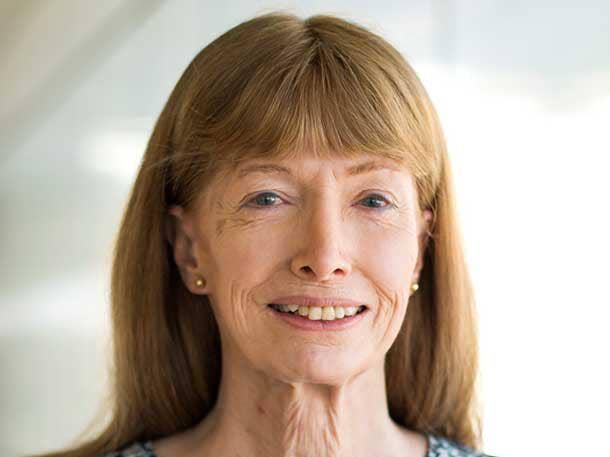
Lynn Conway
Born in New York state in 1938, Lynn Conway was a computing pioneer who revolutionized microprocessor designs with very large-scale integrated (VLSI) circuits while working at Xerox’s Palo Alto Research Center (PARC).
VLSI even led to the Pentium chip that would power millions of PCs, according to the Los Angeles Times.
Before Xerox, Conway worked at IBM Research in the 1960s and on its Advanced Computing Systems project, according to a profile on the Computer History Museum’s website.
In the 1980s, Conway headed the supercomputer program at the United States Department of Defense’s Advanced Research Projects Agency (DARPA).
IBM fired Conway in 1968 while she underwent gender transition. The tech giant publicly apologized to Conway in 2020.
Today, Conway is a professor emerita of electrical engineering and computer science at the University of Michigan.
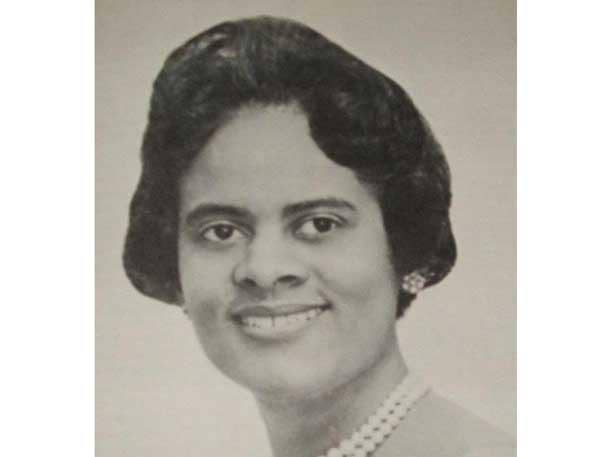
Evelyn Boyd Granville
Born in 1924 in Washington, D.C., Evelyn Boyd Granville went on to create computer software for analyzing satellite orbits for NASA’s Project Mercury missions, according to an article from the United States Department of Energy.
She worked for NASA as a contractor on behalf of IBM, according to the DoE. She had joined the tech giant in 1956 after working for the National Bureau of Standards, where she used math to help with missile fuse development.
Granville is the second African American woman to earn a doctorate in mathematics in the U.S. – earning her Ph.D. from Yale University in 1949, according to an article in Yale’s alumni magazine.
In 1967, she started teaching computer programming at California State University, Los Angeles. She tried to retire from teaching in 1984, but instead taught computer basics to eighth-graders and computer science and math to college students in Texas. She retired from academia in 1997.
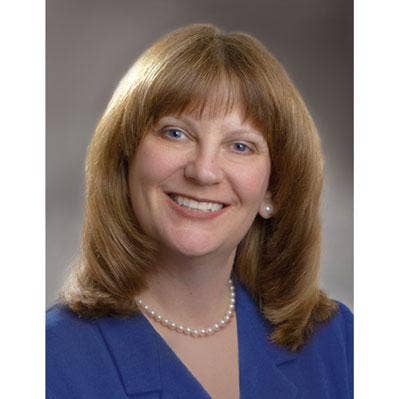
## Patricia Gallup
Patricia Gallup co-founded PC Connection – also known as just Connection – in 1982.
Today, the Merrimack, N.H-based company is a publicly traded partner juggernaut, with $2.5 billion in annual sales, an appearance on CRN’s 2023 Managed Service Provider 500 and No. 26 on CRN’s 2022 Solution Provider 500.
Gallup graduated from University of Connecticut in 1979 and went on to meet co-founder David Hall while working as support crew on the Appalachian Trail and launched the company with $8,000, according to a Forbes profile. The company went public in 1998.
She left the CEO role in 2012 but remains chairwoman of the board of directors.
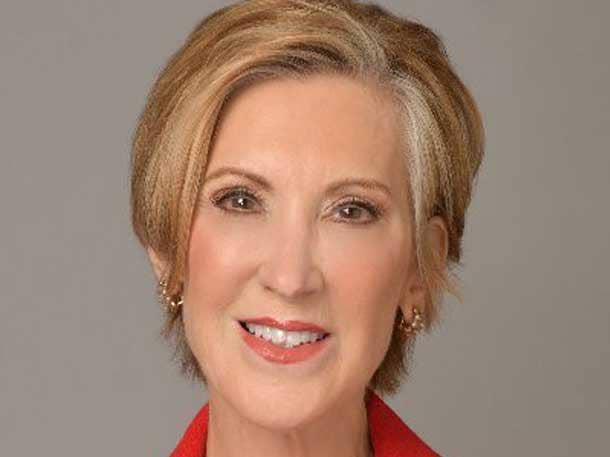
Carly Fiorina
Although more recently known for seeking the presidency and a spot in the United States Senate as a Republican nominee – in 2016 and 2010, respectively – Carly Fiorina made her mark in tech history as CEO of Hewlett-Packard from 1999 to 2005.
Born in 1954 in Texas, Fiorina would go on to become the first female CEO of a Fortune 50 company, according to an article from Iowa State University.
Her resume included roles at AT&T, becoming head of North American sales in 1995. She engineered the spinoff of Lucent Technologies – AT&T’s research division – and its $3 billion initial public offering. She served as president of Lucent’s global service provider business before taking the top spot at HP.
During her time with HP, she led the controversial $25 billion 2002 merger with Compaq Computer. Some have deemed it among the worst mergers in tech. But a 10-year retrospective article by CRN found that some partners looked at the merger as a success.
Fiorina was also at the helm when HP launched its PartnerOne partner program.

Meg Whitman
Currently serving as the United States ambassador to Kenya, Meg Whitman’s channel claim to fame is the turnaround of two of the biggest letters in tech history: H and P.
Whitman was born on Long Island in 1956, according to Business Insider.
When Whitman joined HP in 2011, she had already led a storied career in business. Working in marketing at Procter & Gamble, she helped to change the company’s policy to allow the issue of credit cards to female trainees.
Her career included general manager at Hasbro, senior vice president at the Walt Disney Co., vice president at Bain & Co. and 10 years as CEO of eBay, according to a profile on Whitman on the website of Harvard University, where she received her master’s degree in 1979.
She also unsuccessfully ran for governor of California in 2010.
Whitman replaced HP CEO Leo Apotheker, who was fired after 11 months. As CRN put it in a 2017 article about Whitman’s tenure, “When Whitman took the helm, HP was a $127 billion dinosaur saddled with $12.5 billion in debt and a partner network that was ready to jump ship to competing vendors. You couldn’t have written a worse scenario for an executive from outside the insular world of the IT industry to step into.
“That made no difference to Whitman,” the article continued. “She simply applied the management principles that had served her well throughout her career.”
She guided the company through its 2015 split into the printing and personal systems vendor HP and enterprise systems and software vendor Hewlett Packard Enterprise.
During her tenure, HPE purchased Aruba Networks, SGI, SimpliVity and Nimble Storage.
She led HPE until 2018, when current CEO Antonio Neri replaced Whitman.
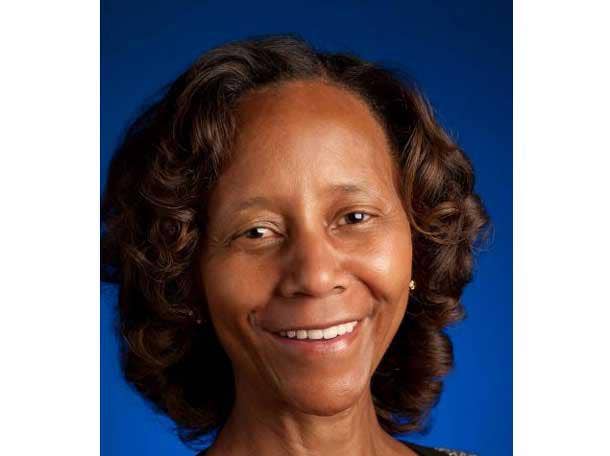
Marian Croak
Marian Croak is a vice president of engineering at Google and leads the tech giant’s Research Center for Responsible AI and Human Centered Technology.
She was inducted into the National Inventors Hall of Fame in 2022 for her work on voice over internet protocol (VoIP) technologies – which turn voice data into digital signals transmitted over the internet instead of traditional phone lines.
Born in 1955, Croak joined Bell Labs – later AT&T – in 1982, the same year she received her doctorate in quantitative analysis and psychology from the University of Southern California.
During her career at Bell Labs, she worked on digital telecommunications. She also created a text-to-donate system used after Hurricane Katrina hit New Orleans in 2005. Croak has more than 200 patents.
She joined Google in 2014, first being tasked with bringing the internet to emerging markets, according to the company.
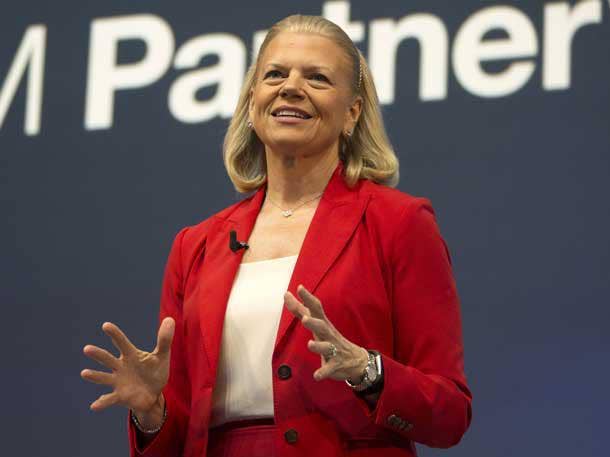
Ginni Rometty
Ginny Rometty became IBM’s first female CEO in 2012 and retired from the tech giant in 2020 after about 40 years with the vendor.
She started at IBM in 1981 as a systems engineer, according to her LinkedIn. Along the way, she served as:
*General manager of IBM Global Services, Americas
*General manager of IBM‘s global insurance and financial services sector
*Senior vice president, IBM Global Business Services, during which she integrated PricewaterhouseCoopers Consulting, the largest acquisition in professional services at the time
And before taking the top role, she served as senior vice president and group executive for IBM sales, marketing and strategy, owning the results for 170 global IBM markets, according to a profile on IBM’s website.
Under her watch, IBM purchased Red Hat for $34 billion in 2018, setting up the company’s current trajectory as a hybrid cloud vendor.
Today, Rometty serves on multiple boards, including those of J.P. Morgan, Black talent gap nonprofit OneTen and Northwestern University, from which she received two bachelor’s degrees in 1979.
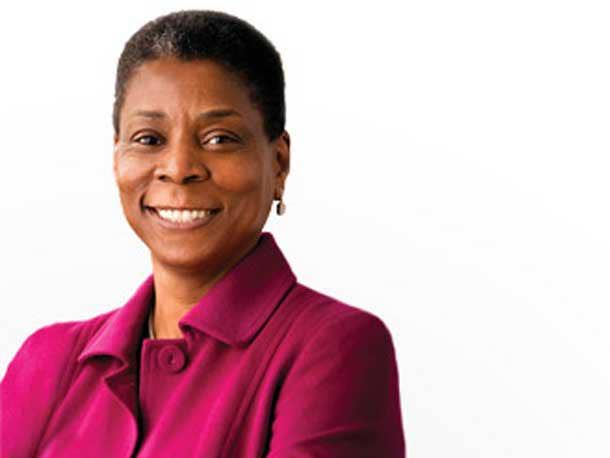
Ursula Burns
Ursula Burns was the first African American woman to head a Fortune 500 company when she became CEO of Xerox in 2009, helping the company diversify from document technology.
Born in New York in 1958, Burns rose through the ranks of Xerox after joining the company in 1980 as a summer intern, according to the New York University Tandon School of Engineering, where she received a bachelor’s degree in mechanical engineering that same year. She was the first in her family to attend college and group up in public housing not far from the school, previously known as the Polytechnic Institute of New York.
Along the way, Burns served as executive assistant, vice president for global manufacturing, senior vice president of corporate strategic services, and president, according to Tandon. She organized the $6.4 billion purchase of Affiliated Computer Services.
She also presided over the separation of Xerox into the namesake document technology business and business process services company Conduent, according to Columbia University, where she received her master’s in mechanical engineering in 1982.
Burns left the CEO role at Xerox in 2016. She served as CEO of VEON, a Dutch telecommunications company, until 2020.
From 2009 to 2016, she helped lead the White House’s national program on science, technology, engineering and math.
Her book “Where You Are Is Not Who You Are” published in 2021. She is on the board of directors of Uber and ExxonMobil.
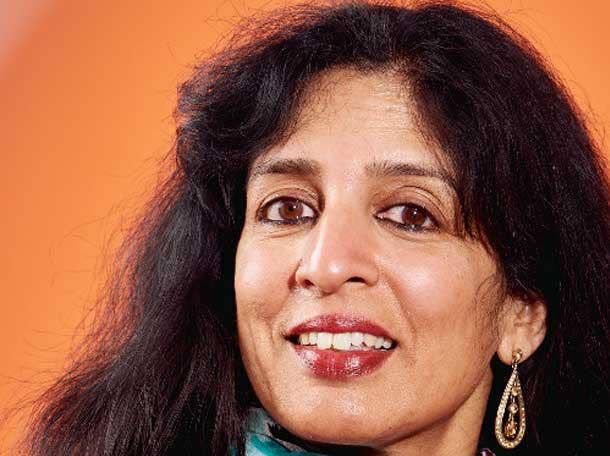
Jayshree Ullal
Jayshree Ullal became CEO and president of cloud and networking vendor Arista Networks in 2008, taking the company public in 2014.
Before joining Arista, Ullal was senior vice president of Cisco Systems, according to an Arista statement announcing Ullal’s job change. Ullal led the $10 billion data center, switching and services group at Cisco.
She joined Cisco with the 1993 acquisition of Crescendo Communications, where Ullal served as vice president of marketing, according to a profile on Ullal on the website of her alma mater San Francisco State University. She graduated from SF State in 1981.
Ullal’s resume includes positions with Advanced Micro Devices (AMD), Fairchild Semiconductor and Ungermann-Bass.
Today, Arista has a market capitalization of $41.22 billion and a channel partner program for integrators, resellers, service providers and other business types.
Ullal herself is worth about $2 billion, according to Forbes.
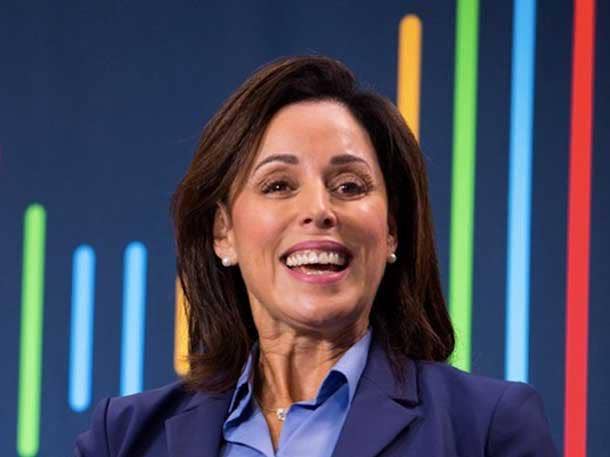
Gerri Elliott
Gerri Elliott held the role of chief customer and partner officer and executive vice president at Cisco for about four years before announcing her retirement from the company last year.
Elliott continues to serve as a strategic adviser to the company, according to her LinkedIn account.
She came to Cisco from Juniper Networks, where she spent more than five years as executive vice president and strategic advisor to the company’s CEO.
She held a variety of positions during her tenure at Juniper, having also served as chief customer officer and chief sales services and support officer for the company. She worked at Juniper for about five years.
Prior to her time with Juniper Networks, Elliott served as corporate vice president, worldwide public sector for Microsoft. She helped grow the public sector business from $4.7 billion to $8 billion over three years, according to her LinkedIn account.
Elliott’s career started at IBM in 1980. She worked at the tech giant for about 20 years in the U.S. and abroad. She left the company in 2001 with the title of vice president of the distribution sector for North America.
She also serves on the board of directors of Marqeta and Whirlpool.
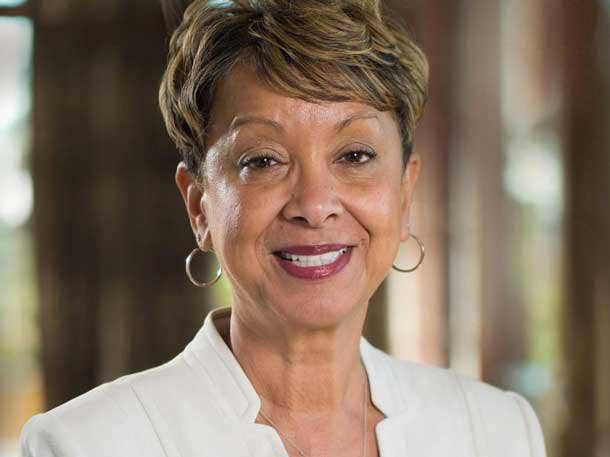
Nina Smith
Today, Nina Smith serves as president of customer and market operations at Enlyte, the parent of technology companies Mitchell, Genex and Coventry.
Her about 30 years of professional experience includes time as a channel chief at Sage Software.More formally known as the president of Sage’s Business Management Division (BMD), Smith worked at Sage for about seven years, from 2001 to 2008, according to her LinkedIn account.
Her career began in 1981, when she joined Xerox. Smith also ascended the ranks of Xerox, holding titles including product marketing manager, vice president and general manager, according to a profile on Smith on Calibre One’s website.
Smith left Xerox in 2000 with the title of chief marketing officer.
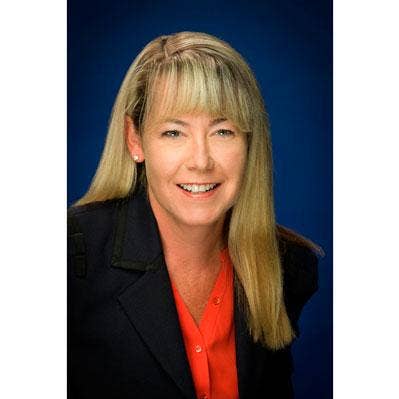
Laurie Dasher
Born in New Jersey in 1966, Laurie Dasher was a “pioneering” woman of the channel who founded and built Dasher Technologies into one of the most respected solution providers in the country, per her 2020 obituary on CRN’s website.
She founded Dasher in 1999 and grew the Campbell, Calif.-based company to more than 250 professional and technical certifications from roughly 50 of the world’s top technology providers, according to an article on the company’s website.
It was among the largest Hewlett Packard Enterprise (HPE) service providers in North America and one of the fastest growing Aruba Networks partners on the West Coast.
In 2021, Converge Technology Solutions bought Dasher Technologies, about six months after Laurie Dasher died due to illness.
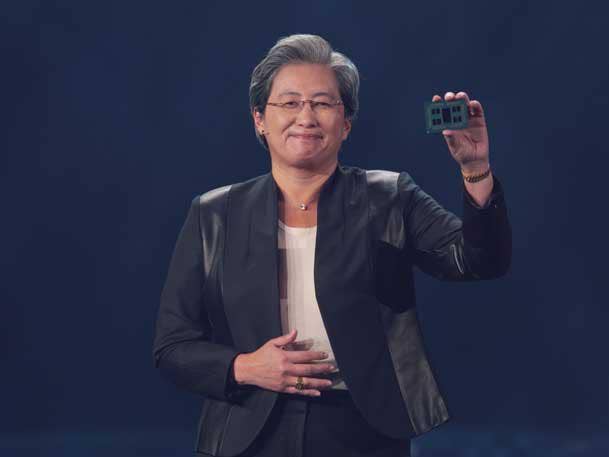
Lisa Su
The Economist credits Lisa Su, born in 1969 in Taiwan, with reviving Advanced Micro Devices (AMD) as CEO of the chipmaker.
Su has held the top spot at AMD since 2014, joining the company in 2012 as senior vice president and general manager of global business units, according to her LinkedIn account.
She got her career start at Texas Instruments in 1994 after graduating from the Massachusetts Institute of Technology with a doctorate in electrical engineering.
She joined IBM, leaving in 2007 as vice president of semiconductor research and development. During her time at IBM, she introduced copper technology to chips to help them perform 20 percent faster, according to an article in the Science Survey, the student newspaper of Bronx High School of Science, which she graduated from in 1986.
For more than four years, she worked at Freescale Semiconductor, leaving the company in 2011 as senior vice president and general manager of the networking and multimedia business.
Su is the first woman to receive the Institute of Electrical and Electronics Engineers (IEEE)’s highest semiconductor award, the Robert N. Noyce Medal – sponsored by rival Intel.
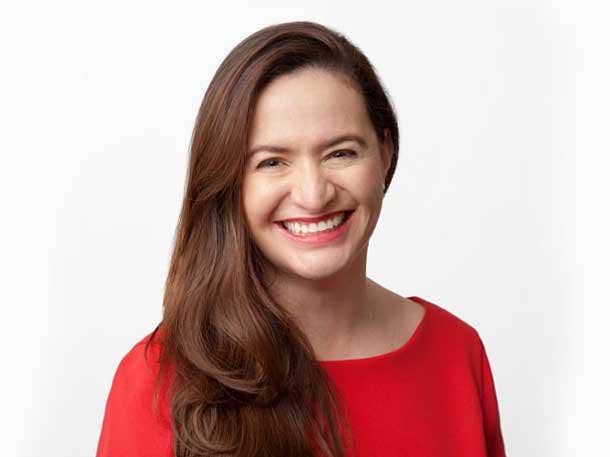
Ana Corrales
Ana Corrales is the chief operating officer for Google’s consumer hardware division. But Corrales career start came as a teenager in Costa Rica, when she started a hair scrunchie business and sold it to a grocery store chain, according to Google.
After graduating from college in the 1990s, she took an engineering role with Hewlett-Packard in its network server division, according to her LinkedIn.
She worked her way up at Cisco, eventually achieving the position of senior vice president of product operations. She left Cisco in 2015 and became chief financial and operating officer for Google subsidiary Nest, eventually working her way up to her current role.
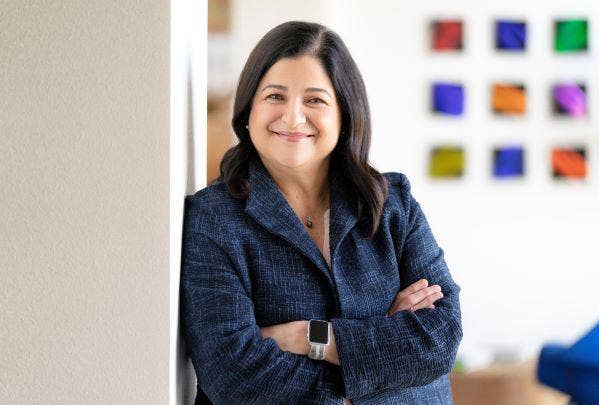
Maria Martinez
Raised in Puerto Rico, Maria Martinez’s career in technology started in 1980 with an engineering job at AT&T and Bell Labs, according to Hispanic Executive.
She eventually ascended to the role of corporate vice president at Microsoft, where she was in charge of the wing that provided consulting and product support to large enterprise customers, according to Puget Sound Business Journal. She led a team of 17,000 people.
Martinez next worked at Salesforce for more than eight years, according to her LinkedIn. She left the company with the title of president of global customer success and Salesforce Latin America.
In 2018, Martinez joined Cisco as executive vice president and chief customer experience officer, according to her LinkedIn.
She moved up the ranks to become Cisco’s chief operating officer last year, taking on the role of “building high-value experiences for its customers, partners, and employees,” according to the networking giant.
“Martinez oversees Cisco’s Strategy Execution, Customer Success, Renewals, Customer & Partner Experience, Security & Trust, Supply Chain, IT, Services, and Transformation functions,” according to the company.
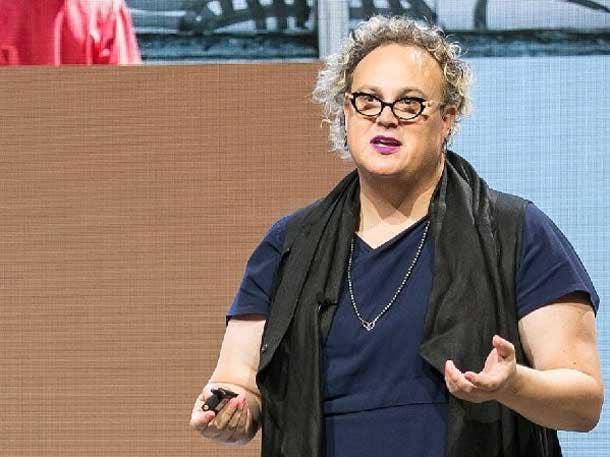
Ana Arriola-Kanada
Ana Arriola-Kanada – who describes herself on LinkedIn as a “Queer Latine Mother of Trans and Non-binary Experience” – is helping write the emerging history of artificial intelligence (AI) and the metaverse.
Arriola-Kanada has worked with Microsoft for more than four years, currently serving as the director of product design and research for Microsoft’s Physical Operations (PhysOps) Cloud.
Arriola-Kanada calls PhysOps’ work “at the intersections of human cognition, augmentation, and assistance between the physical worlds and their digital twin as they come together across our new topology.” She and her team work with mixed reality, vision applications and other technologies.
Before Microsoft, she worked at Facebook parent Meta for about a year, leaving in 2018 as the director of product design for artificial intelligence.
She also worked as a futurist at Samsung for about a year, architecting the blended home experience as global vice president of user experience (UX) and design for visual display and digital appliances, according to a profile from San Francisco Design Week.
Her resume includes about five years with Sony, leaving in 2013 as the senior director of UX and chief art director for Creative Center Tokyo.
Arriola-Kanada previously worked at Apple for about two years, leaving in 2007 as a senior product line manager. She led the company’s hardware acceleration of iPhone and Apple TV’s user experience and iOS software development kit (SDK) by combining World Wide Web Consortium standards and Apple Core Animation, according to her LinkedIn account.
She also worked at Adobe Systems for more than six years, leaving in 2005 as senior product management for Adobe GoLive and web strategic features supporting Adobe Creative Suite.
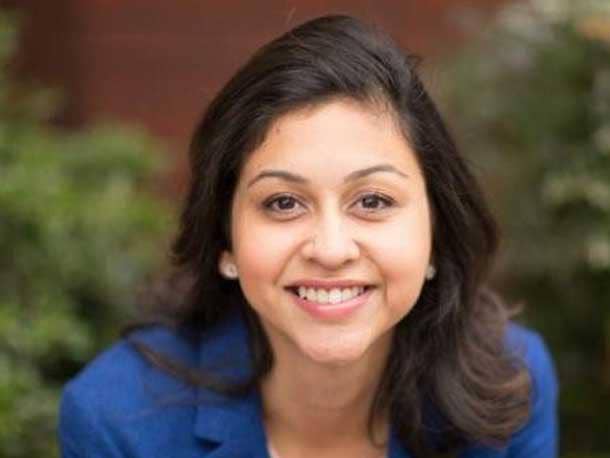
Neha Narkhede
Neha Narkhede is the co-founder of Confluent – a vendor that offers a partner program for service providers, system integrators and other partner types – and the co-creator of open source messaging system Apache Kafka.
After she graduated with her bachelor’s degree from Savitribai Phule Pune University in India in 2006 and her master’s degree from the Georgia Institute of Technology in 2007, Narkhede she started her career with Oracle in 2008, working as the lead engineer responsible for designing and implementing hierarchical faceted search in Oracle Text, according to her LinkedIn account.
Narkhede would go on to work for LinkedIn for about four years, leaving the company in 2014 as the lead for streams infrastructure. She co-founded Confluent with two other former LinkedIn workers and served as chief technology and product officer for about five years.
Today, she remains on Confluent’s board of directors and is an investor and adviser to a variety of companies, according to her website.
Groups dedicated to increasing the representation of women in tech include:
*Women In Technology (WIT)
*Women in Technology International (WITI)
*IEEE Women in Engineering (WIE)
*Society of Women Engineers (SWE)
*Black Women in Science and Engineering (BWISE)
*Sisterhood of Native American Coders (SONAC)
*Girl Develop It (GDI)
*National Center for Women & Information Technology (NCWIT)
*Switch (formerly Women 2.0)
*Women In STEM (WiSTEM)
*Association for Women in Science (AWIS)